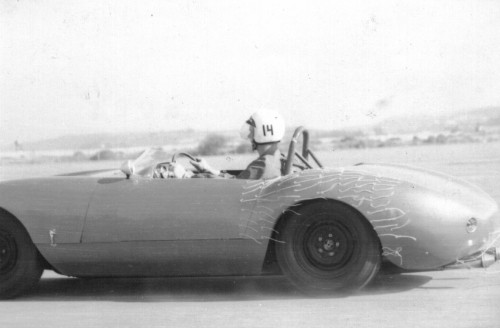Quote:
|
Originally Posted by Mighty Mira
Could you go over the theory behind tuft testing and what exactly to look for?
|
Tufts are wool/yarn/ribbon lengths taped on & around the area of the car you want to study.
In attached airflow, the tufts will stream back relatively smoothly, maybe the ends flicking slightly. In turbulence, tufts will swirl around more dramatically, sometimes in directions apparently at random depending on the severity of the turbulence.
Also in attached flow, the tufts will stream in the direction of airflow, often "pointing" towards low pressure areas, particularly near transitions (e.g. rear quarter / "C" pillar area on a 3-box vehicle).
Do a google image search and you'll find some examples like this:

... showing attached flow ahead of and above the wheel well, and turbulence after the wheel well. (Wheel skirts, anyone?)
If you've done any sailing, you're already familiar with
applied tuft testing, since "telltales" on the sails are used to trim the sheets and/or change heading to maintain laminar flow on the sail for maximum lift.

. I've spent many hours looking at sail telltales. In this pic, the upper pair (one on each side) shows the top portion of the sail is properly trimmed, and the lower set shows separated flow on the outside of the sail (the outside telltale is pointing straight down), meaning it's stalled or overtrimmed.

Tuft testing a Lexus LS 400 - note separation at the forward end of the trunk/boot lid (tuft is lifted in turbulence) and reattached at the trailing edge (tufts streaming back).
Tuft testing helps you see airflow, while coastdown & road testing quantifies its effects.
__________________